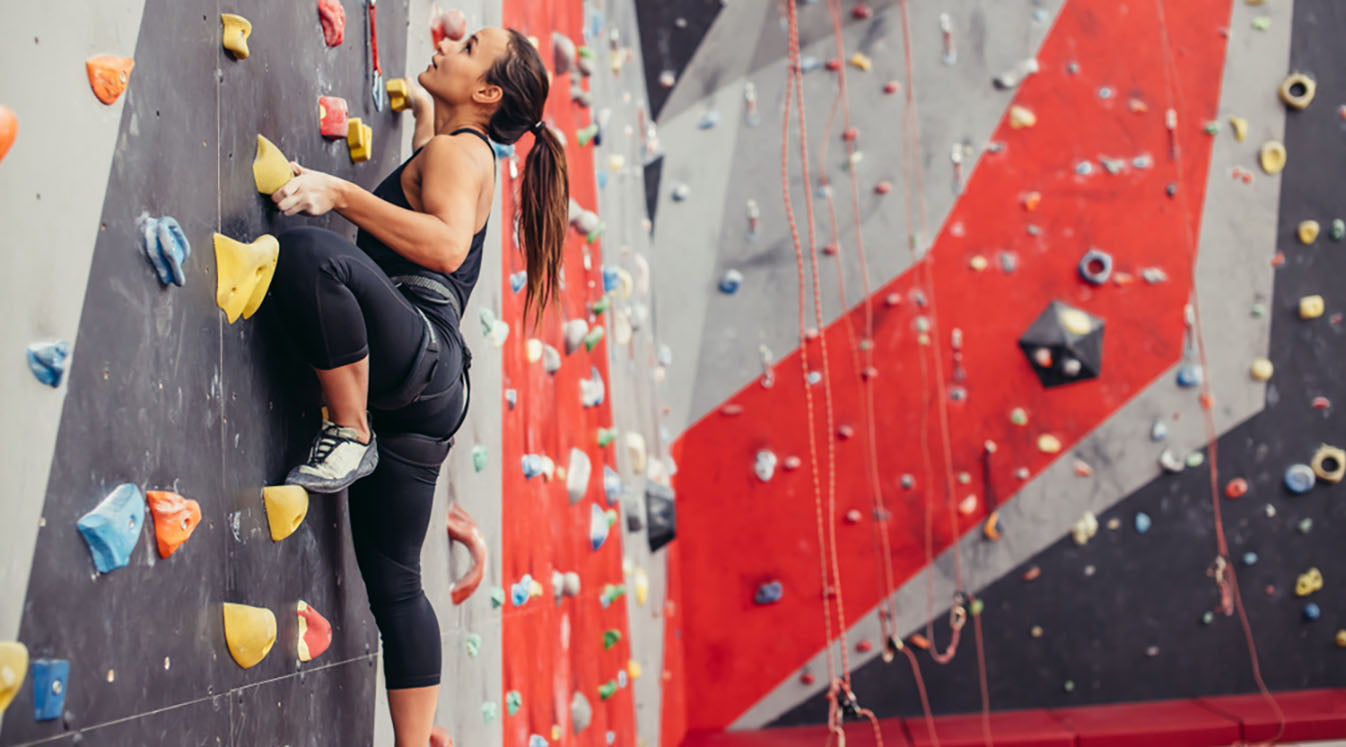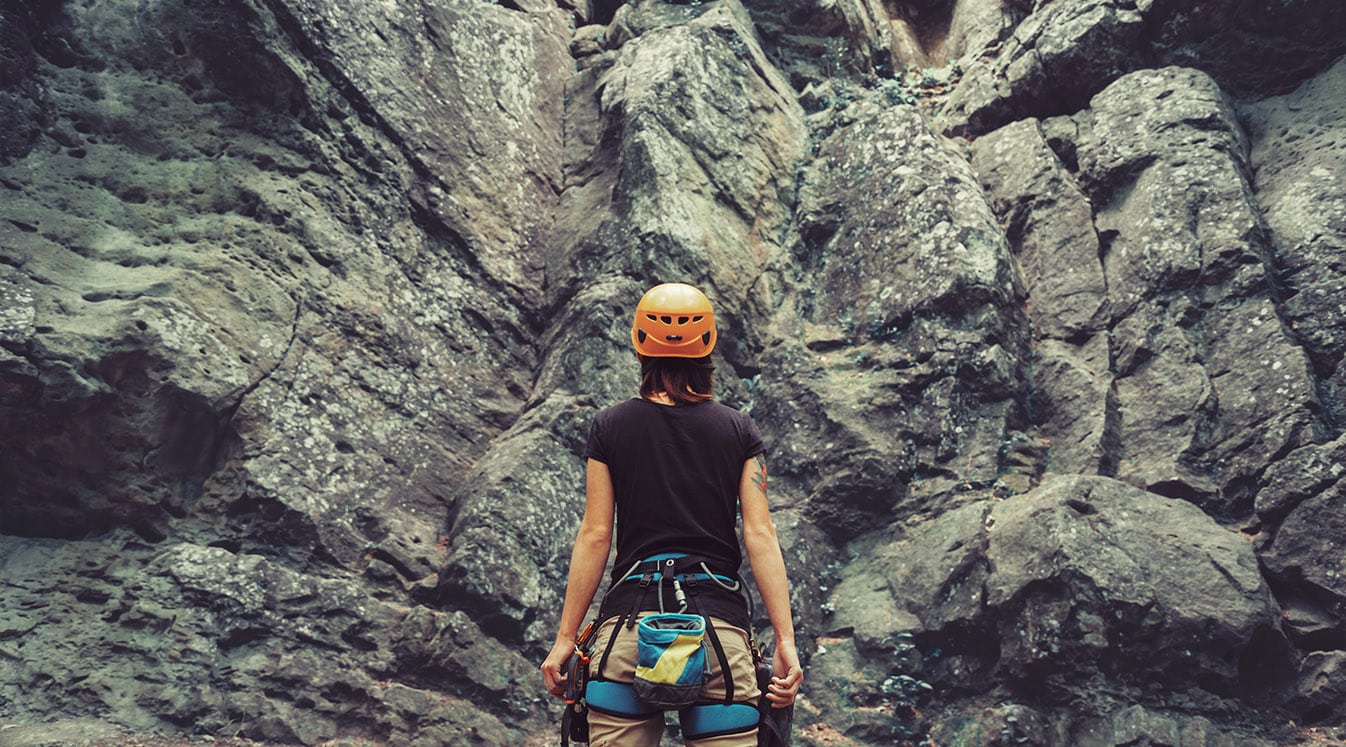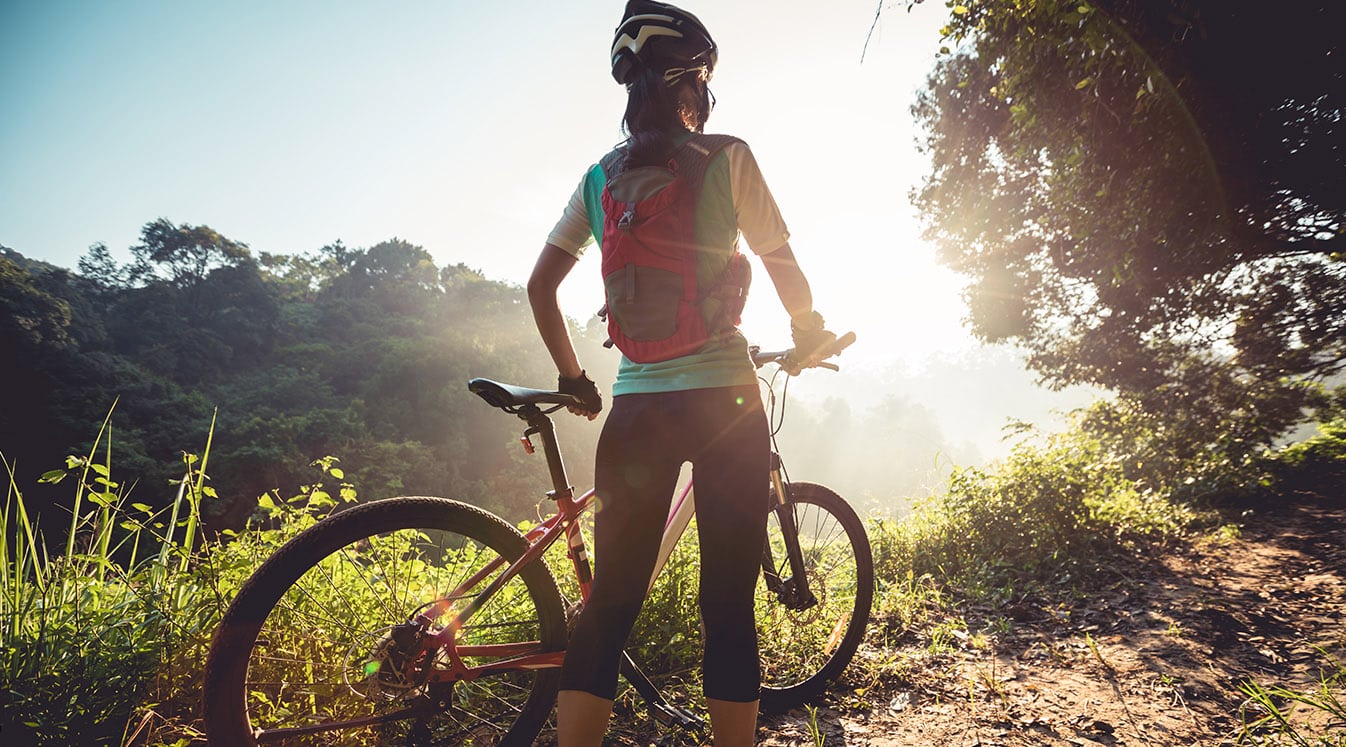Learn the Equipment
You won’t get very high off the ground unless you know how to use the required equipment. Your training depends on where and how you like to climb. If you’re heading to the gym, you can use the preset anchor to start climbing. As long as you keep your carabiner attached, you will be safe even if you fall. But traditional climbing requires more gear and planning. You will need to practice inserting the anchor into the rock face so it will catch you if you fall. You should also know what to look for when climbing in the wild so you don’t take a wrong step.
It’s best to stay in touch with a more experienced climber when you’re just starting out, but communicating can be difficult unless they are climbing right next to you. Use a wireless communication headset with JBL helmet speakers to get tips from the other person in real-time.
Work Your Arms and Legs
You will need strong arms and legs to physically support yourself on the wall. Weightlifting is a great way to build up strength in your extremities. Don’t make the mistake of focusing only on your arms, though. Having leg strength while climbing is crucial, so don’t forget to do some squats, deadlifts and lunges.
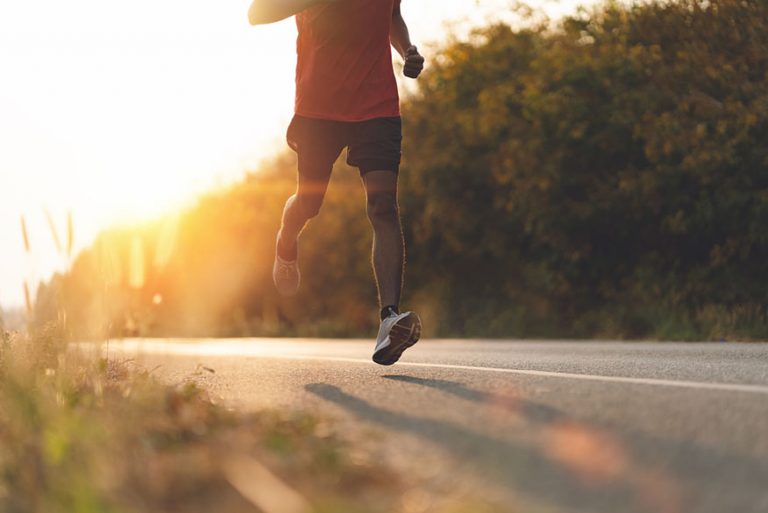
Source: sutadimages/Shutterstock.com
Build Endurance
Having muscles is one thing but using them on and off for hours on end is another challenge entirely. Your muscles need oxygen to keep going when they get tired, so it’s best to build up your endurance by doing cardiovascular exercises like running, jump roping, rowing and biking. This will help you explore new territory when you finally decide to get out of the gym.
Practice Your Grip
Your hands play an essential role when it comes to climbing. They are your main point of contact with the cliff other than the anchor, so work on building up the muscles in your hands. You can stretch your hands, including your fingers, or squeeze a tension rod or stress ball to work up your strength. Practice keeping a good grip for several minutes at a time. You can also hang off the pull-up bars to get a better grip.
Maintain Good Balance
Good balance starts with a strong core. Start with simple exercises that increase your balance, such as standing on one leg, one-leg deadlifts with or without weight and the plank to build up your core.
Train Your Mind
Climbing in the wild forces you to find your own way up the side of a mountain, which means making tough decisions on the fly. You will need to learn how to manage your stress while monitoring several factors at once — including the weather and your position in relation to the anchor and your partner — as you carve out a path.
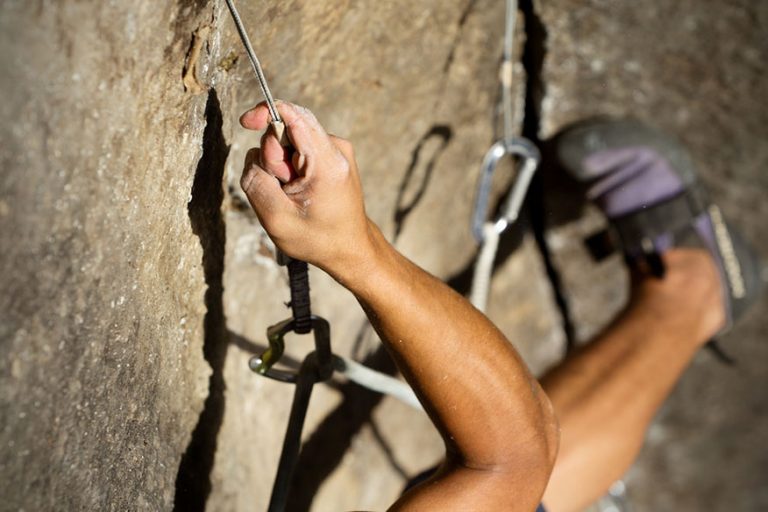
Source: Ammit Jack/Shutterstock.com
Remember to warm up your body by stretching and doing light exercises before hitting the saddle. Drink water and eat plenty of nourishing healthy food to keep your energy up. If you need a break or feel your muscles giving out, find a way to stop climbing as soon as possible to give your body a chance to rest. Use the Cardo Packtalk Outdoor to communicate wirelessly with your coach or teammate so they can direct you to the bottom or find a place for you to take a break. They will also give you tips on how to relax your muscles so you can summon the strength you need to get down safely.



